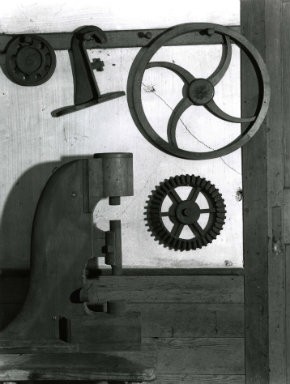Connections that last

Whenever I visit my parents in Kentucky, we make the rounds of our holy places: first, a visit to our favorite bookstore; next, a trip to the Abbey of Gethsemani for vespers and compline. Then we visit the Shaker Village of Pleasant Hill, a living museum known to the locals as Shakertown.
Like Shakers everywhere, the Shakers who made their home in Kentucky sought to create a paradise. They shared their goods communally. They practiced equality. They lived celibate lives so that erotic attachments would not hinder their common life. They worshiped God with dances taught to them by angels in dreams and visions. And they created buildings, tools and furniture that are works of art. As Thomas Merton wrote, what makes a Shaker chair so beautiful is that it was made by “someone capable of believing that an angel might come and sit on it.” The creation of every room, every staircase and every table was, for the Shaker craftsperson, a prayer.
I love the buildings in Shakertown most of all. There is something about the way they occupy space that makes them seem an organic part of the landscape. They are profoundly still, yet seem on the verge of speaking. They seem perfectly proportioned, silent and in tune with the space around them and the sky overhead. Like Merton, I imagine moving into one of them just to hear the silence, just to watch the light moving through the rooms.




